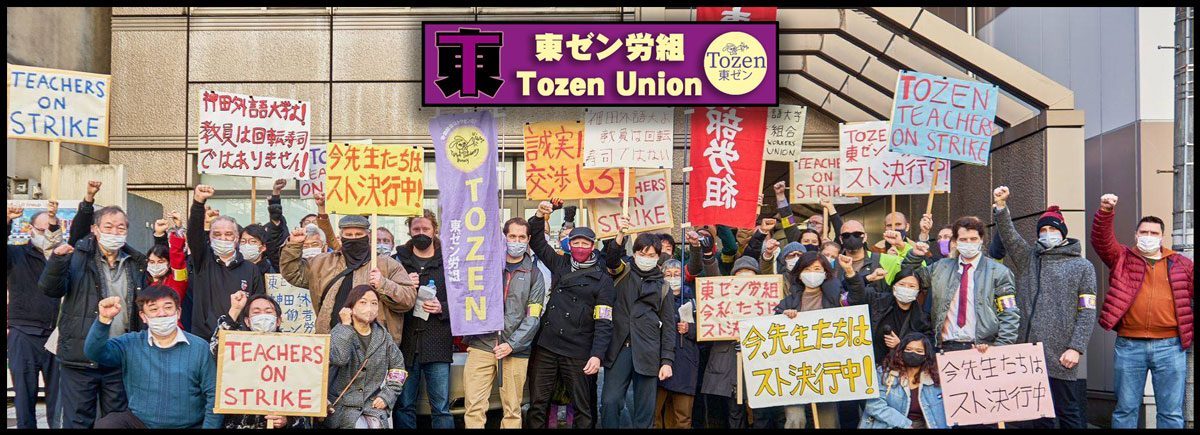Japan, despite a decade of government, business, academic and media warnings that the aging population and lower birthrate mean millions of foreign workers are needed to maintain current GDP levels, has dithered, opting instead to emphasize the goal of wooing highly skilled migrant workers.
In July, Jusuf Anwar, Indonesian ambassador to Japan, told a public forum at Kyoto University that of the 500 Indonesians who took Japan’s national examinations in 2008 and 2009, only two passed and have since become certified nurses.
As of May, only one Filipino had passed the exam, even though the Philippines announced just before the EPA went into effect in 2009 that Japan might hire up to 1,000 foreign nurses by the end of 2011. In response, Tokyo has said it was open to easing the exam, especially the Japanese-language requirements.
Japan’s health ministry said in 2007 that an additional 200,000 to 500,000 long-term care workers would be needed by 2014, but even the most ambitious recruiting of foreigners would probably yield only a mere fraction of the total need.
Indonesian and Philippine government officials, health care groups and human rights activists have all heavily criticized the program for bringing foreign nurses to Japan, calling it overly strict and exploitive.
In a letter to The Japan Times on Feb. 11, 2010, Emily Honma, who has worked with Filipino nurses and caregivers who came to Japan, said the EPA had led to a nightmare for many Filipino health care givers, with a net month’s pay often only ¥60,000 and a nonsupportive work environment.
Hidenori Sakanaka, director general of the independent think tank Japan Immigration Policy Institute, says many Japanese are concerned that an open immigration policy for either low- or high-skilled foreign workers would mean a large influx of Chinese and South Koreans in particular, but a balanced approach could prevent many problems.
“An immigration policy that encourages people not only from Asia but from all over the world to settle in Japan should be pursued,” he said at a recent news conference in Tokyo.
Statistics from the Health, Labor and Welfare Ministry show there were 562,818 foreign laborers in Japan as of October 2009. This includes 249,325 Chinese, followed by 104,323 Brazilians and 48,859 Filipinos and 25,468 South Koreans. About 17,600 Chinese and 4,900 South Koreans were working in Japan as technical specialists.
Although the Democratic Party of Japan said in 2008, when it was the main opposition force, that it favored eventually bringing in 10 million foreign laborers, its 2009 platform for the Lower House election made no mention of the issue or any possible numbers of foreign laborers in the future.
Sakanaka noted the economic crisis of the past two years has dampened enthusiasm not only in Japan but around the world for expanded immigration, while adding that the country doesn’t really have a choice, given its declining population.
“The only way for Japan to survive is to become part of this Pacific economic zone. America, Canada, Australia and New Zealand are the leading immigration nations in the Pacific region, and Japan should use the opportunity presented by the Trans-Pacific Partnership Agreement to join these traditional immigration powers,” he said.
